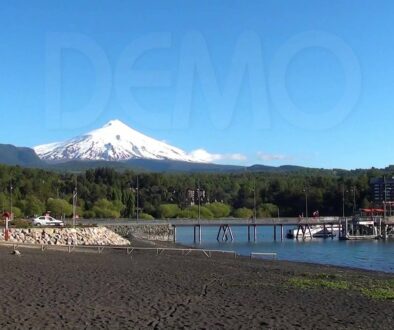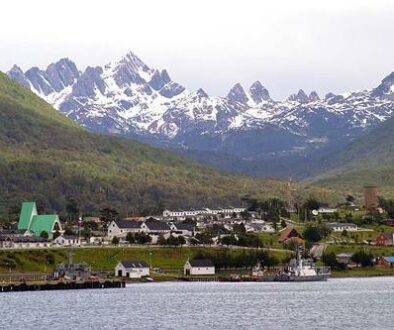How protection took the beauty from the land; conflicting values and meanings of Lake Mburo National Park, Uganda
Infield, Mark; Duli, Eunice Mahoro; Mugisha, Arthur R.; Rubagyema, Patrick2008
Uganda’s Lake Mburo National Park protects the last remaining unenclosed rangeland known historically to the Banyankole Bahima pastoralists who once grazed it as ‘The Beautiful Land’ – Karo Karungi. For centuries Karo Karungi supported herds of long-horned Ankole cows, bred by the Bahima for their beauty, as well as for subsistence, a choice that entailed a sacrifice in terms of food production. This focus on beauty, backed up by taboos that further restricted access to food, established a powerful ethnic identity for the Bahima based on adherence to and pursuit of an idealised pastoralism that linked them and their cows to the landscape of their ancestors. The strength and exclusivity of this identity prevented other peoples with other values, most notably members of the Banyankole farming class, from turning Karo Karungi into a production landscape of farms and fences.Economic development and cultural change over the past 100 years has led to the steady loss of the exclusively pastoral landscape. Though the establishment of the National Park in 1983 protected what remained of the open rangeland, the exclusion of Ankole cows rendered this last relict of the ancestral landscape meaningless to the Bahima. The result has been conflict between them and conservation authorities.(Summary extracted from the article)
Reference
Infield, Mark; Duli, Eunice Mahoro; Mugisha, Arthur R.; Rubagyema, Patrick. “How protection took the beauty from the land; conflicting values and meanings of Lake Mburo National Park, Uganda” [On-line]. In: Mallarach, Josep-Maria (ed.). Protected Landscapes and Cultural and Spiritual Values. Gland, Switzerland: IUCN – World Conservation Union; Eschborn, Germany: Deustche Gesellschaft für technische Zusammenarbeit (GTZ) GmbH; Barcelona, Spain: Obra Social Caixa Catalunya, 2008. (Values of Protected Landscapes and Seascapes; 2). pp. 132-145. ISBN: 978-3-925064-60-9. <http://data.iucn.org/dbtw-wpd/edocs/2008-055.pdf> [Consulted: 5 October 2012].




